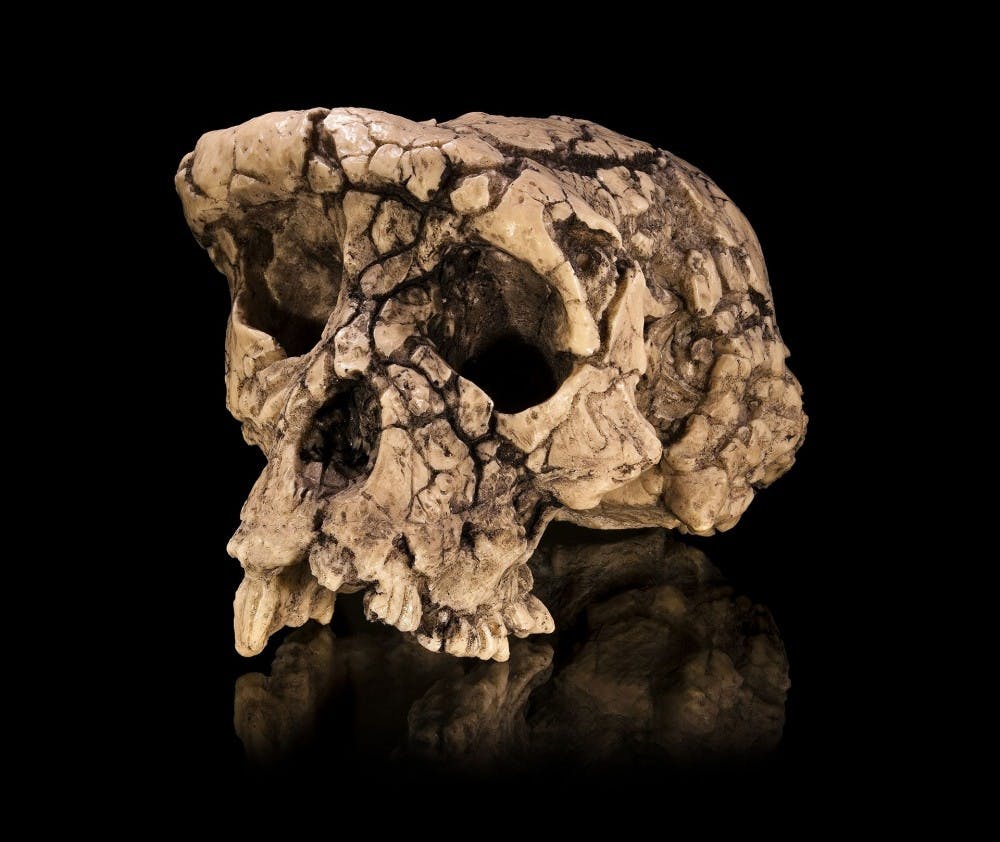Researchers recently discovered the remains of a species of human that existed over 50,000 years ago in the Philippines, showing scientists that the Southeast Asian region played a larger role in human evolution than previously thought.
When classifying ancient species of humans, the genus Homo is of utmost importance. This genus contains many extinct species that are very closely related to modern humans, including Homo erectus, which appeared around two million years ago in Africa, and Homo neanderthalensis, which emerged about 200,000-300,000 years ago in Europe and Western Asia.
In 2007, researchers found the remains of a hominid in the Callao Cave, located on the Filipino island of Luzon. Researchers approximated that this bone was nearly 67,000 years old. This was one of the first pieces of evidence that ancient humans lived in the region.
While scientists were fairly certain that the bones were from the Homo genus (which also includes modern humans), they were unable to identify exactly which species.
A team of researchers led by Professor Philip Piper of The Australian National University recently uncovered more remains in that same region.
They found approximately 12 different remains, including teeth, fingers, toes and a femur, that are believed to have come from two adults and a child.
After analyzing the remains the researchers noted some particularly interesting features, which were vastly different from those of other Homo species living in that time period.
For example, teeth were significantly smaller, and the hands and limbs seemed to be a combination of those of modern humans and great apes. For these reasons, the researchers decided to classify these remains as a new species called the Homo luzonensis.
This new species significantly resembled the australopithecines species, an extinct species of hominids that existed over two million years ago in the southern and eastern regions of Africa.
Piper noted the similarities between this new species and another human ancestor.
“It’s quite incredible, the extremities,” Piper said according to ScienceDaily. “The hand and feet bones are remarkably Australopithecine-like.”
He is interested in how these species developed such features.
“The question is whether some of these features evolved as adaptations to island life, or whether they are anatomical traits passed down to Homo luzonensis from their ancestors over the preceding 2 million years,” he said.
In addition, the scientists were able to establish a time frame for the existence of the Homo luzonensis. They discovered stone tools that are estimated to be over half a million years old near the Callao Cave, suggesting that this species may have been living in the Philippines for even longer.
The scientists believe that their findings were particularly impactful because they help to emphasize the importance of the Southeastern Asian islands in the early evolution of human ancestors.
“The Philippines is made up of a group of large islands that have been separated long enough to have potentially facilitated archipelago speciation,” Piper said. “There is no reason why archaeological research in the Philippines couldn’t discover several species of hominin. It’s probably just a matter of time.”





